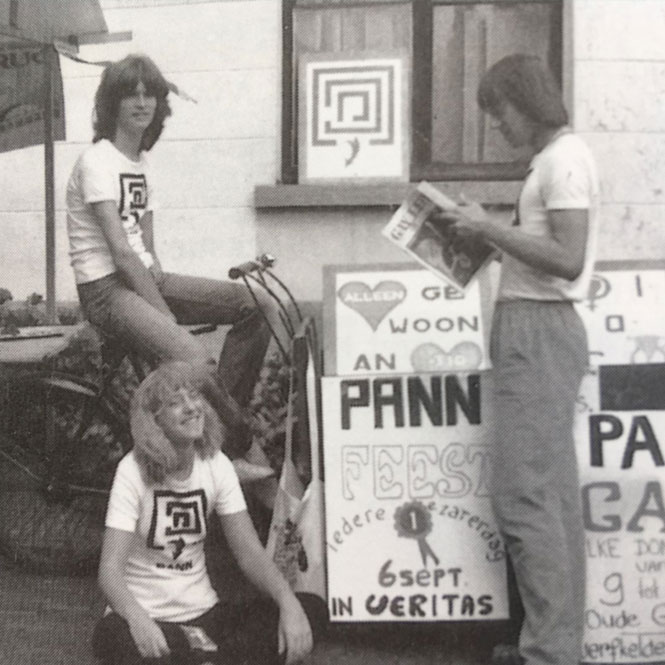Happy Pride! GLB history and politics in The Netherlands
It's pride month, so what a perfect time to learn about the history of GLB people in The Netherlands! This week we heard from two wonderful speakers: Tijmen, a PhD student from Amsterdam, and Maurice, a queer historian from Utrecht. From both Tijmen and Maurice, we learned how queer people have made themselves known in The Netherlands and more.
Tijmen focused mainly on the queer history of Amsterdam, using an article by Hekma (1999) to provide background knowledge. Gay people have been visible in Amsterdam from before the world wars, and even started a magazine in 1932. However, emancipation of gay people really began after the second world war with the formation of the COC (previously The Shakespeare Club). The COC was primarily made up of white Dutch gay men, and their mission was to provide a safe space for gay people to meet, interact, and be themselves as they were not allowed to do so in public. Maurice also told us about the Utrecht chapter of the COC, which was established in the 1950's.
 |
Further described by Tijmen, the general Dutch population was not supportive of homosexuals during this time. Laws were put into place that made expressing GLB orientation in public were criminalized. For example, urinals were designed to prevent gay sex from occurring, and time spent in urinals was limited to three minutes. In addition, the age of consent for homosexuals was raised to 21 years old, while it was 16 for heterosexuals (Hekma, 1999).
Hekma (1999) states that the acceptance of GLB people in The Netherlands was initially due to the Dutch permissive attitude (i.e. the idea that what other people do is okay as long as they don't limit individual freedoms). In addition, Maurice informed us that queer people also organized protests to make their voices heard and fight for increased rights and acceptance. Shortly before the Stonewall Riots, a group of Dutch activists (PANN) organized a protest for gay rights in 1969. With increased queer visibility, and a decline in religion as an important value to Dutch people, gay people have been widely accepted and The Netherlands became the first country to legalize marriage for all in 2001 (Hekma, 1999). 
However, as we have learned over and over in this class, Amsterdam is not as idealistic as we would hope. We learned from the Bracke and Aguilar (2020) reading that people in Amsterdam have been using GLB acceptance as an excuse to discriminate against Muslim people. The Dutch government facilitated the immigration of people from Northern Africa to temporarily work in The Netherlands in the 1960's/1970's with the intent of having those people move back. When the immigrants stayed in The Netherlands, Dutch people grew unhappy with the disruption in their homonationalism. As an excuse for this racism, there is a general sentiment that because Islam is not accepting of gay people, that Muslims do not belong in The Netherlands accepting society. Unfortunately, being accepting of some groups does not make up for the discrimination of another, and The Netherlands still has a ways to go towards being a fully accepting country.
In sum, The Netherlands has a rich queer history. While this is the case, it is still better suited for some people (i.e. gay men) than others. Maurice encouraged us to look for queer history wherever we go, and I will accept this challenge and hope to do the digging to uncover more queer stories in The Netherlands and The United States!
583 words
I have acted with honesty and integrity in producing this work and am unaware of anyone who has not. /s/ Davis Warms
References
Bracke, S., & Aguilar, L. M. (2020). "They love death as we love life": The "Muslim Question" and the biopolitics of replacement. British Journal of Sociology, 71, 680-701.
Hekma, G. (1999). Queer Amsterdam 1945-2010. In D Higgs (Ed.), Queer sites: Gay urban histories since 1600 (pp. 118-134). Oxford.


Comments
Post a Comment